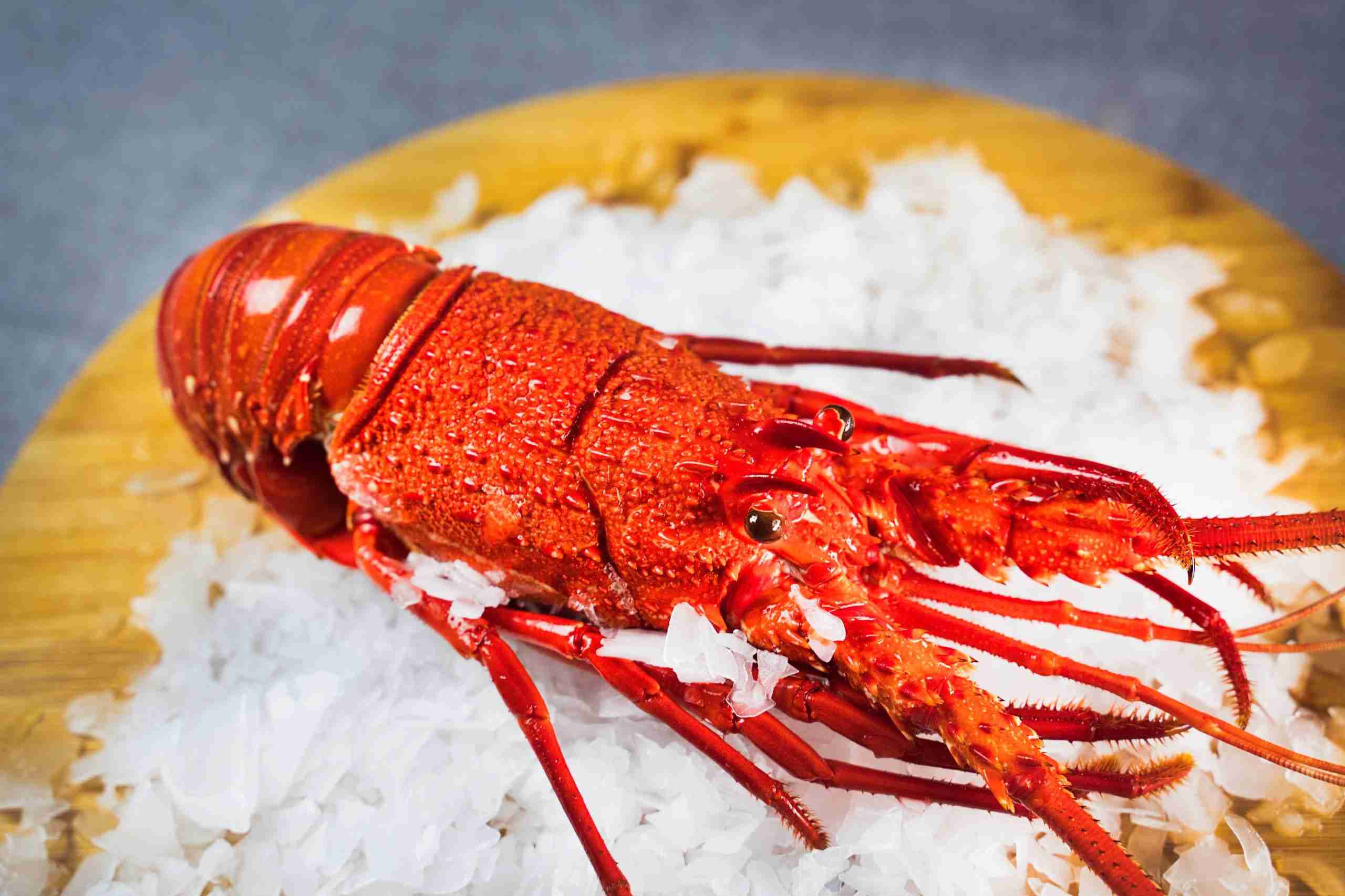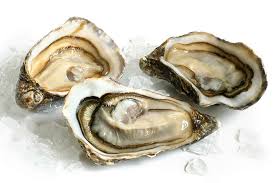Description
Rock lobster are highly sought after by recreational fishers who use pots and rings and also dive to catch this species. Found around Tasmania near rocky reefs and in crevices from close inshore out to 200 metres depth.
Rock lobster has firm, white meat with a rich medium flavour. It has a low oil content and is suitable to simmer, steam, grill or barbeque.
As this product is pre-order only, please allow us a business day to procure it.
Cooked fresh to order and not frozen
Sustainability
Southern rock lobster are fished throughout southern Australia, with the SA fishery taking around 50% of the entire catch of the species. Historically there have been concerns over the health of the population of southern rock lobsters in all fisheries, and high fishing pressure has led to population declines. Recruitment (which is a measure of the number of young lobsters that will grow to legal, fishable size in the future) is low in all fisheries, indicating that lower than usual numbers of young southern rock lobsters will be available for fishing in future. This is a significant concern that will require fisheries managers to reduce the take of lobsters to protect their stocks in the long-term.
Management actions to protect stocks have included reducing the number of rock lobsters caught, with evidence that stocks are rebuilding in some areas. For example in TAS, stock status information from 2012 suggests that the decline in stock in previous years had been arrested, though recruitment has continued to be low since then. In VIC, the rate of capture of lobsters (which is a measure used in fisheries science to assess the availability of the target species) has increased, suggesting that populations are healthy. However, low recruitment will cancel out these positive gains in the future should management actions fail to preserve stocks.
In SA, the capture rate of rock lobsters has declined in one zone of the fishery, indicating that too much fishing is occurring. Fishery managers have reduced the allowable catch of southern rock lobsters, although it is unclear if this will protect the population. Low recruitment is likely to exacerbate this issue in future.
Southern rock lobster is mainly caught in baited pots, a fishing method which generally has a low impact on endangered wildlife. In SA, the rock lobster fishery has addressed previous issues with threatened species interactions through the mandatory use of Sea Lion Excluder Devices (SLEDs) in pots. These prevent endangered juvenile Australian sea lions becoming caught in lobster traps, and have proved to be highly effective at reducing their capture. A code of practice was initiated in VIC to reduce whale entanglements in pot ropes, and reported interactions are low, at 1-2 per year. Minimal threatened species interactions have been reported in the TAS fishery. All fisheries have some independent observer coverage that verifies wildlife interactions reported in fishery logbooks.





